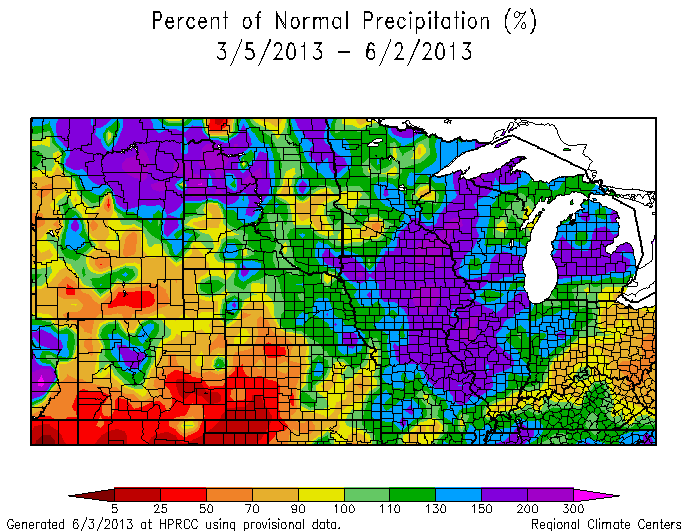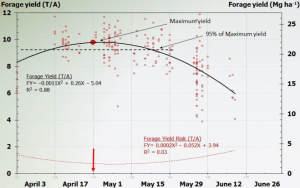Missouri has experienced some large precipitation disparities this summer, ranging from moderate drought to historic flooding. The disparities have been especially notable in August. Some south central counties have received 15-20 inches of rain this month, whereas 120 miles to the north…not a drop.
Several counties across northern Missouri have received less than 2-inches of rain since July 1, which is more than 6-inches below normal. Crop stress has emerged in the driest areas, with some firing and leaf curling reported, more notably in upland areas, or in soils with higher clay or sand content. Cool July and August temperatures, in combination with below normal ET rates, have mitigated full drought stress potential but corn yields are declining due to the current high water demand of late planted corn, and during a critical growth stage. Soybean growth has also slowed down in these drier areas.
Unlike last year, below normal evaporative rates this spring and summer has had less impact on surface water supplies, and they remain mostly adequate despite the extended dry spell across northern Missouri.
For podcast, please visit:
For information on historic flood event across southern Missouri, please visit:



